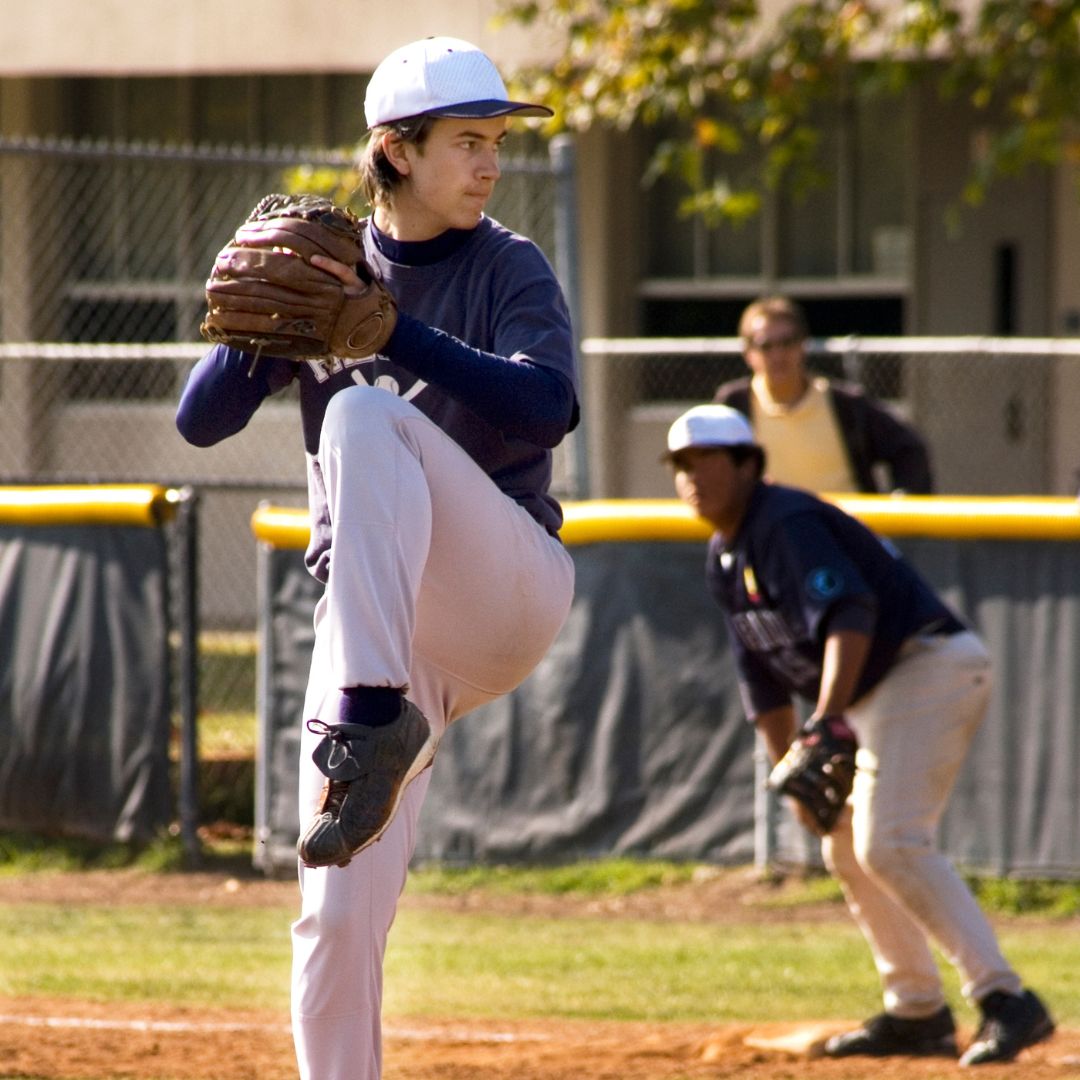Bell’s Palsy
Neuropathy of Cranial Nerve VII (Facial Nerve)
Overview of Facial Nerve:
Cranial Nerve VII, otherwise known as Facial nerve, is responsible for motor function of most facial muscles, taste to the anterior 2/3rds of the tongue and controls secretions in the salivary and lacrimal glands. The end of the motor branches is responsible for muscles involved fascial expressions, most eye movements, and closing of the mouth.
What is Bell’s Palsy?

Bell’s Palsy is the neuropathy of the facial nerve, meaning the nerve no longer works the way it should be. It is often acute, sudden and insidious in nature and typically effects only one side of the face. It is a lower-motor-neuron injury, indicating caused by a peripheral nerve injury rather than a more severe injury in the brain or spinal cord. This is not meant to undermine the complications related to Bell’s palsy.
Presentation can be very similar to a stroke and must be taken very serious to make sure a stroke has not occurred. Symptoms include facial paralysis, flaccid side of the face, inability to move any muscles on one side of the face, decreased facial expression and mouth opening. Common hallmarks include flattening of the forehead wrinkle, eye-widening due to poor closure, flat lip forl, and drooping mouth. Sometimes, patients can report pain and decreased sensation, however, these are typically supplied by Cranial Nerve V (Trigeminal nerve).
The cause of Bell’s palsy is controversial. It has been theorized to be a result of an infection or virus, nerve compression or autoimmune response.
Epidemiology:
Bell’s palsy can occur in either females or males, old or young and is not specific to one race over another. It is slightly more common in males and can occur slightly more often in middle-older adults. Additionally, it often occurs in the colder months.
Treatment:
Treatment of Bell’s palsy is multidisciplinary:
- Pharmacological options include antiviral meds, as well as corticosteroids. Corticosteroids are often initiated within the first 72 hours of occurrence.
- ENT’s suggest taking proper care of eyes and mouth. Since the eye cannot open and shut properly, it is susceptible to damage from something flying into it. Therefore, using eye protection can be beneficial. Additionally, muscle weakness can contribute to poor eating and therefore change in diet may be called for as well.
- Physical therapy has been supported in research to improve overall muscle recruitment and retrain in paralyzed musculature.
There are several options for treatment plants for sufferers of Bell’s palsy. It has been discovered that ~70% of patients will heal spontaneously and naturally. However, the other 30% can have delayed/incomplete healing or even permanent disability. Physical therapy has been found to speed recovery and improve the odds of full healing. 
Physical therapy evaluation and treatment for Bell’s palsy:
Here at Block Sports Chiropractic & Physical Therapy, our physical therapists have several tools to assist in the evaluation and treatment of Bell’s palsy.
Evaluation:
Subjective intake is important to the prognosis and diagnosis of Bell’s palsy. It is important to note of any pain, numbness, tingling or hypersensitivity throughout the face. We determine what functional tasks are impaired, regardless of whether these impairments are mild or severe. Objectively, we measure the activation of various facial muscle groups and provide a grade using the House-Brackmann Classification system.
The House-Brackmann Classification breaks Bell’s palsy into six grades. These grades are outlined below:
- I = Normal
- II = Mild dysfunction
- No functional impairment
- Slight weakness
- Normal symmetry of forehead
- Slight eye asymmetry
- Slight mouth asymmetry but able to active muscles fully
- III = Moderate dysfunction
- No functional impairment
- Increased weakness
- At rest, normal tone but with movement noticeable decrease in forehead movement
- More noticeable asymmetry but able to close eyes
- More noticeable asymmetry but able to move corners of the mouth
- IV = Moderately severe dysfunction
- Obvious weakness
- Significant and noticeable asymmetry but normal tone at rest
- No movement of the forehead
- Not able to fully close eye
- Slight mouth movement
- Interferes with function moderately
- V = Severe dysfunction
- Barely noticeable movement
- Asymmetry at rest
- No movement of the forehead
- Not able to fully close eye
- No mouth movement – maybe slight
- VI = Total paralysis
- Loss of tone
- Asymmetry at rest and with movement
- Unable to move any facial muscles on side involved
Treatment:
At Block Sports Chiropractic & Physical Therapy, we utilize neurostimulation using electrical stimulation to reeducate the fascial muscles. We also provide tactile and manual cues, such as stroking, tapping and AAROM to muscles of facial expression and mouth opening. Exercises are often performed in the mirror to provide crossover input from the healthy side.
Conclusion:
Bell’s palsy is the neuropathy and paralysis of muscles innervated by the facial nerve. It often presents with unilateral paralysis of the face involving decreased forehead wrinkles, inability to close eye or raise corners of the mouth on the same side and noticeable asymmetry of facial tone. Although 70% of patients have full recovery spontaneously, outcomes have been increased with use of physical therapy. These services are available at Block Sports Chiropractic & Physical Therapy in Smithtown and Selden, NY offices.




